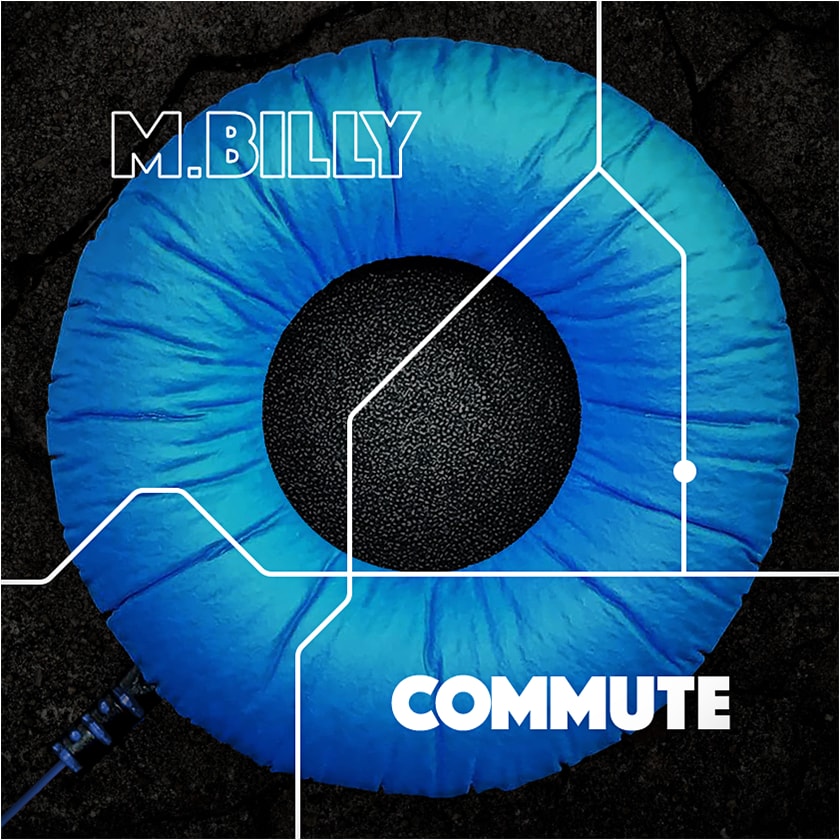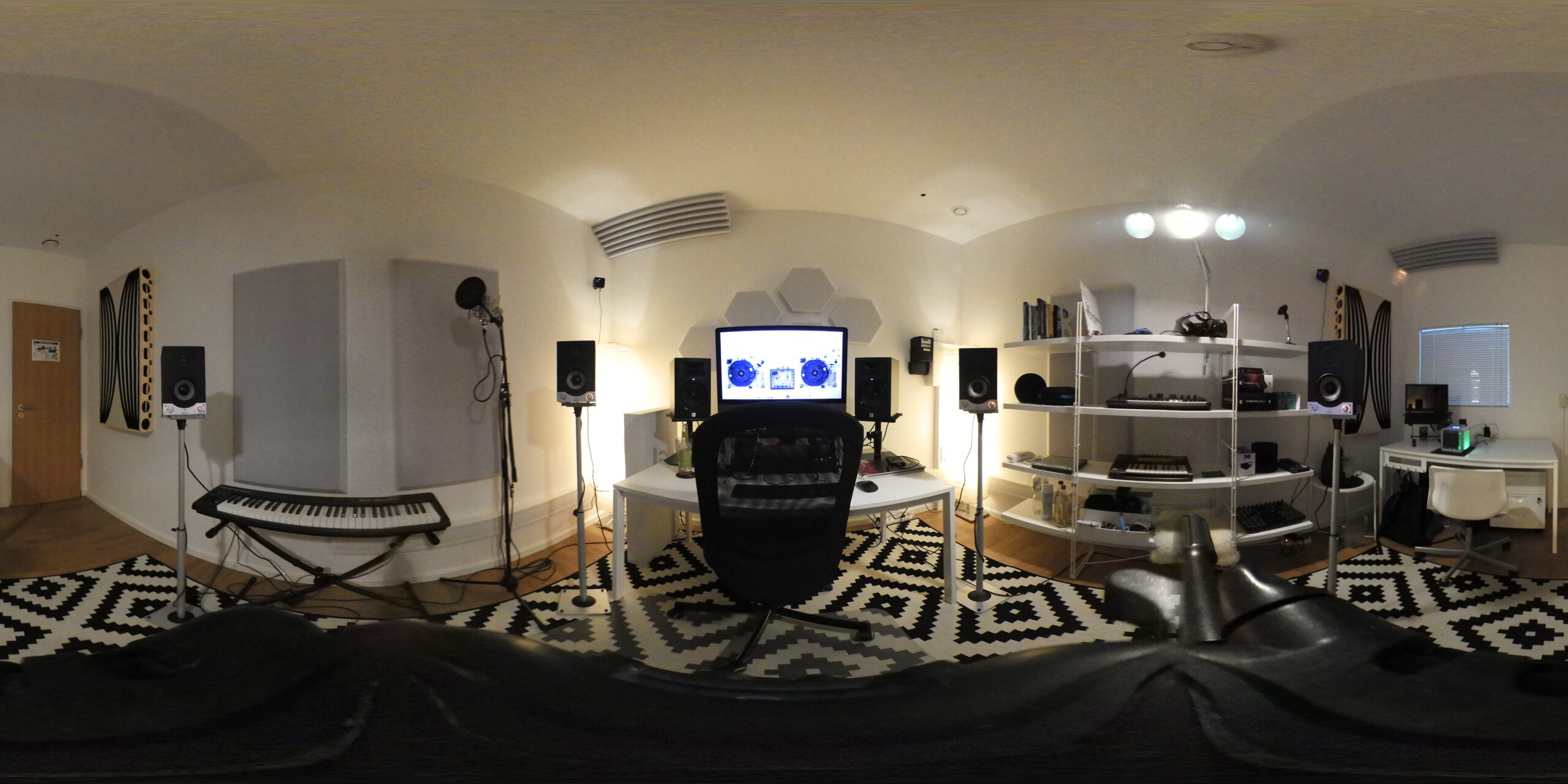Back in 2017, this is where it all started. Sound Design mixed with Music.

Stepping out of the comfort zone can be a bit of a wild ride, right?
Especially when it comes to saying “done” to an album. I mean, can a piece of art ever really be “finished”? It’s so tempting to keep fiddling and tweaking endlessly.
Thanks for reading Maestro Billy’s Substack! Subscribe for free to receive new posts and support my work.
For this album, I decided to try something a bit different. I wanted to make an album all by myself, but with a twist. I took my background in Video Game Audio and my love for VR/AR/360 Video Sound Design, and made it more… musical.
Now, you might listen and think, “These are just songs, it’s just music.”
But trust me, there’s a lot more going on behind the scenes. You see, I’m a bit of a sound geek. I carry an audio recorder around with me everywhere, capturing all the interesting sounds I come across in my day-to-day life.
One night, I was hanging out in the London Tube and started recording the hustle and bustle. The audio announcements were echoing, creating a pretty cool sound. Back in my studio, I worked around this sound, added a beat, and voila! I had a track that feels like you’re right there in the Tube station.
This got me thinking, why not do a whole album like this?
So that’s what I did.
I’ve got tracks based on everything from footsteps and coughs to orchestras, pianos and cool computer-generated effects.
From Amsterdam to Lisbon, small German towns to Berlin, I’ve tried to capture the unique soundscape of each place. It’s like a bit of a sonic postcard, you know?
But here’s the thing, to get the full experience, you gotta listen to the album all the way through. Each track flows into the next. And trust me, it sounds epic with headphones on – perfect for your daily commute.
So, plug in, press play, and come join me on this sound design adventure. I hope you enjoy it!
Best wishes,
Billy.
Thanks for reading Maestro Billy’s Substack! Subscribe for free to receive new posts and support my work.
by
admin
Tags:
Comments
This site uses Akismet to reduce spam. Learn how your comment data is processed.

Leave a Reply